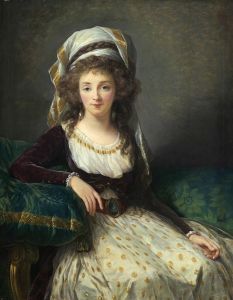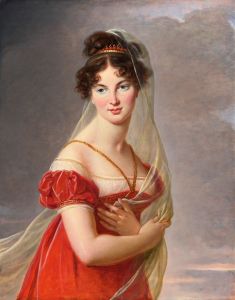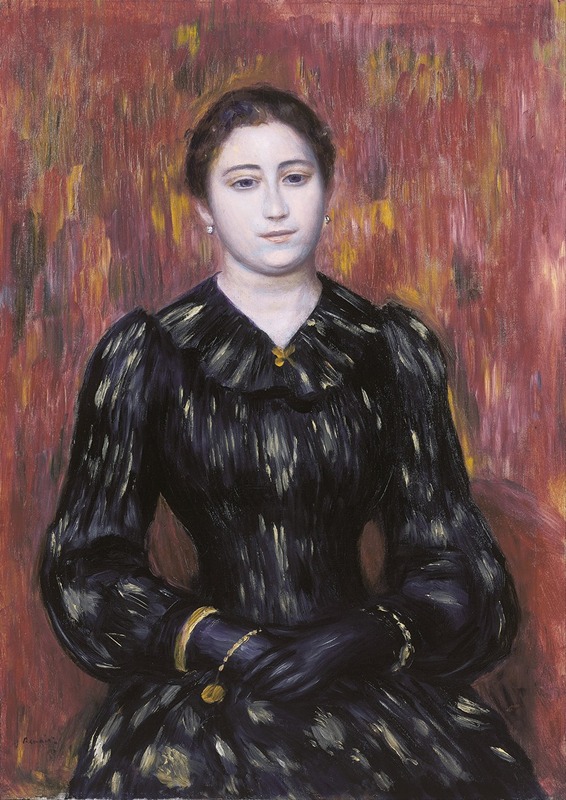
Portrait of Mme. Paulin
A hand-painted replica of Pierre-Auguste Renoir’s masterpiece Portrait of Mme. Paulin, meticulously crafted by professional artists to capture the true essence of the original. Each piece is created with museum-quality canvas and rare mineral pigments, carefully painted by experienced artists with delicate brushstrokes and rich, layered colors to perfectly recreate the texture of the original artwork. Unlike machine-printed reproductions, this hand-painted version brings the painting to life, infused with the artist’s emotions and skill in every stroke. Whether for personal collection or home decoration, it instantly elevates the artistic atmosphere of any space.
"Portrait of Mme. Paulin" is a painting by the renowned French artist Pierre-Auguste Renoir, a leading figure in the Impressionist movement. Renoir, known for his vibrant light and saturated color, often focused on people in intimate and candid compositions. This particular portrait exemplifies his skill in capturing the essence and personality of his subjects.
Pierre-Auguste Renoir was born on February 25, 1841, in Limoges, France, and became one of the most celebrated Impressionist painters. His works are characterized by their vibrant light and color, a focus on people in intimate and candid compositions, and a fluidity of brushwork. Renoir's career spanned several decades, during which he produced thousands of paintings, including portraits, landscapes, and scenes of social life.
The subject of the painting, Mme. Paulin, is not widely documented in historical records, and specific details about her life or her relationship with Renoir are scarce. However, it was common for Renoir to paint portraits of individuals from his social circle or patrons who commissioned his work. These portraits often captured the fashion, demeanor, and social status of the individuals, providing a glimpse into the society of the time.
Renoir's technique in "Portrait of Mme. Paulin" would likely reflect his mature style, which often involved a soft, feathery brushstroke and a warm palette. He had a unique ability to render the texture of skin and fabric, giving his portraits a lifelike quality. The use of light in his paintings often highlighted the contours of the face and the subtle expressions of the subject, bringing a sense of vitality and presence to the canvas.
The Impressionist movement, which Renoir was a part of, emerged in the late 19th century as a reaction against the rigid conventions of academic art. Impressionists sought to capture the effects of light and atmosphere in their work, often painting en plein air (outdoors) to observe the natural world directly. Renoir, along with contemporaries such as Claude Monet, Edgar Degas, and Camille Pissarro, participated in several Impressionist exhibitions, which were initially met with criticism but eventually gained widespread acclaim.
"Portrait of Mme. Paulin" would have been created during a period when Renoir was exploring the balance between traditional portraiture and the innovative techniques of Impressionism. His portraits from this era often exhibit a blend of careful composition and spontaneous brushwork, reflecting his desire to convey both the physical likeness and the inner life of his subjects.
Renoir's legacy as a portraitist is significant, as he managed to capture not only the appearance but also the spirit of the people he painted. His portraits remain celebrated for their warmth, intimacy, and the artist's ability to convey the subtleties of human emotion.
While specific details about "Portrait of Mme. Paulin" are limited, the painting is a testament to Renoir's enduring skill and his contribution to the art of portraiture. His work continues to be studied and admired for its beauty, technical mastery, and insight into the human condition.






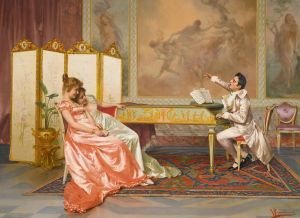
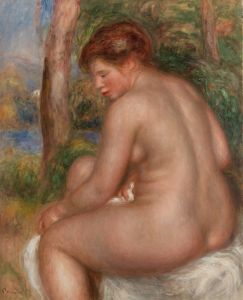
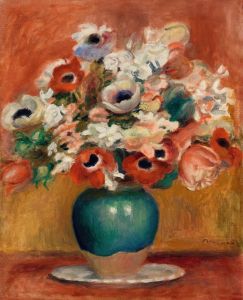
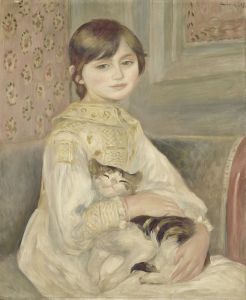

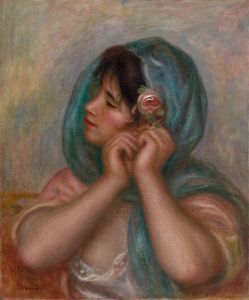
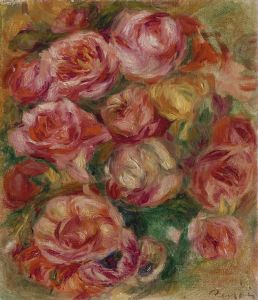
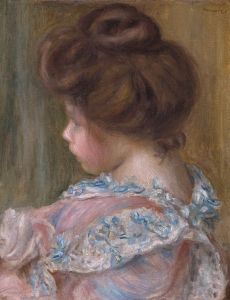
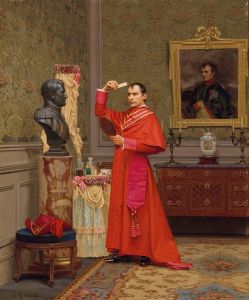
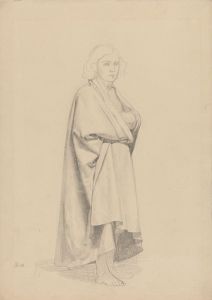
![Design for fine art print, ‘The Mad Dancer’.] [Original study for woodcut print](/imgs/249285/s/winold-reiss-design-for-fine-art-print-the-mad-dancer-original-study-for-woodcut-print-636dd80b.jpg)
